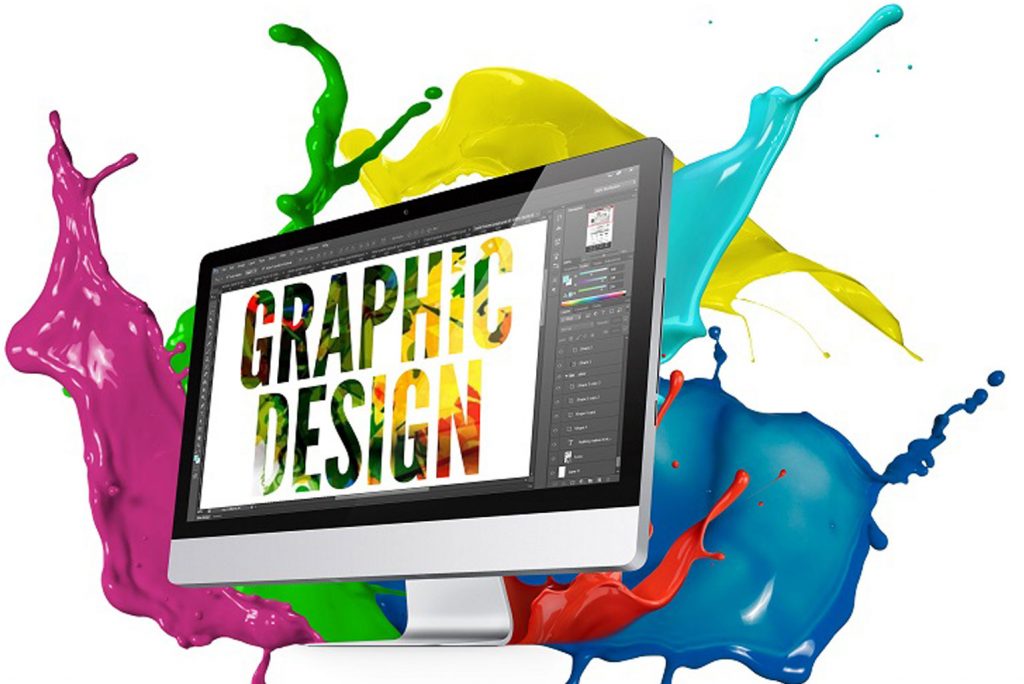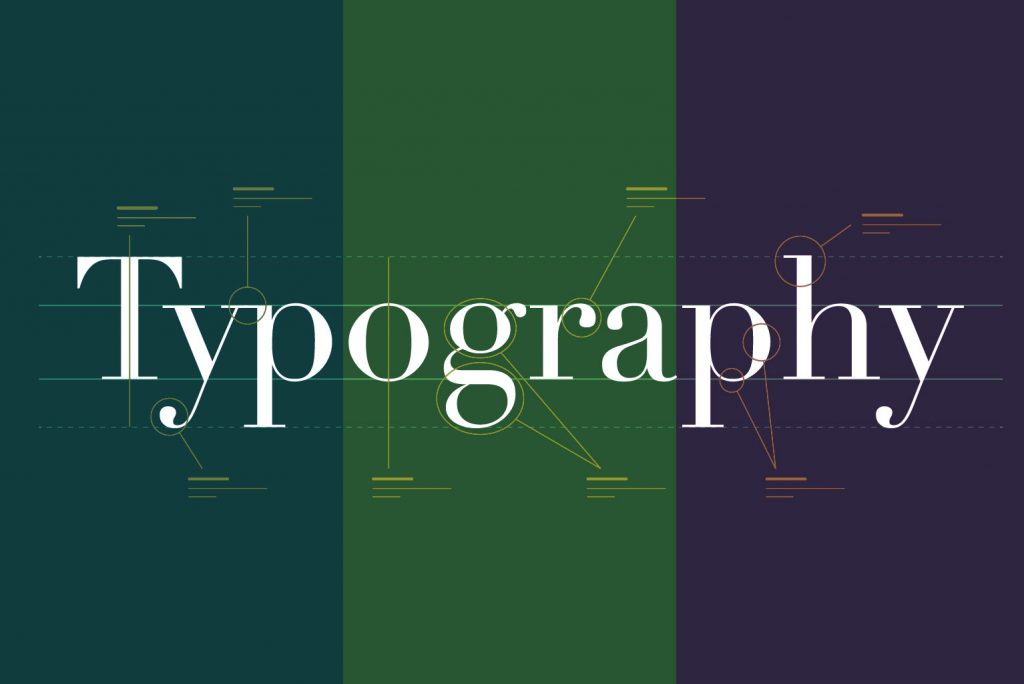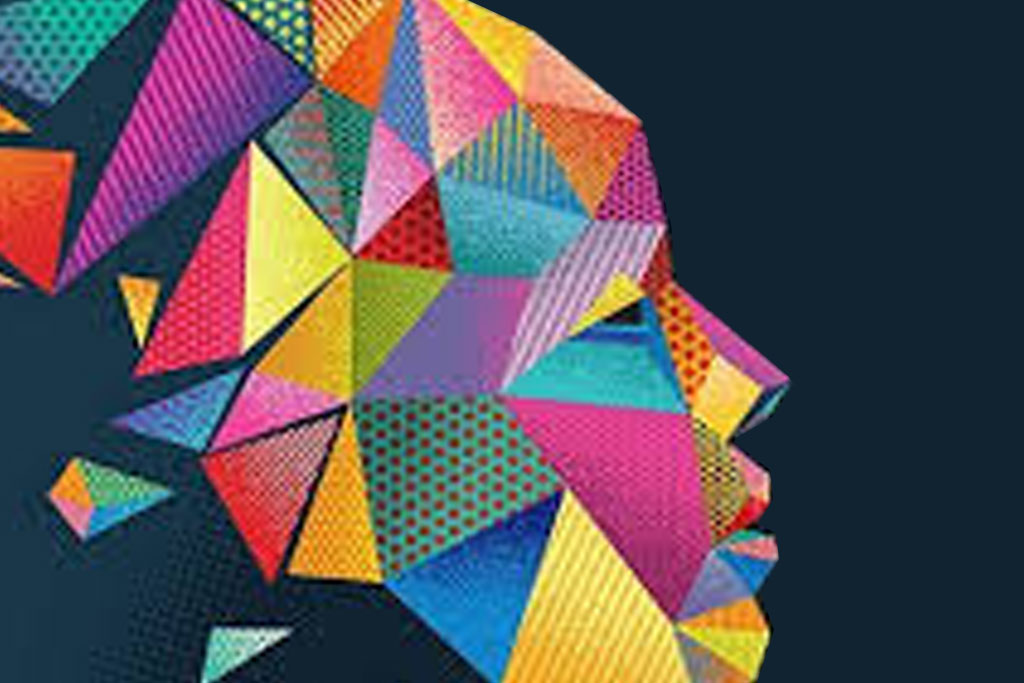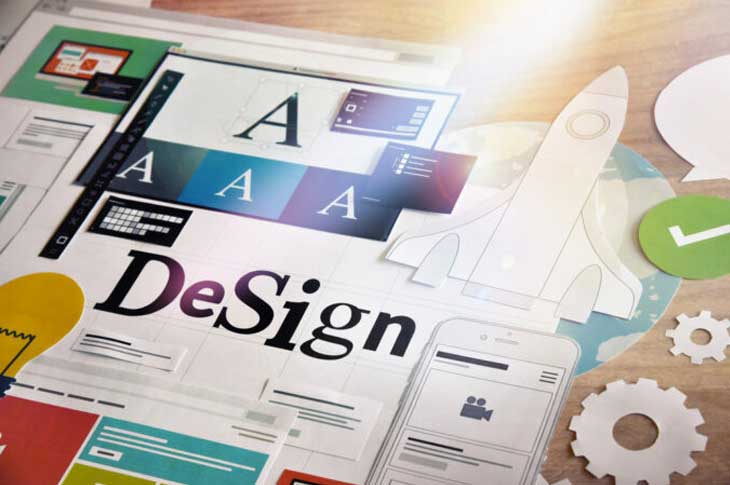In today’s visually driven world, the role of a graphic designer has become increasingly crucial. Graphic designers are the visual storytellers, the creative problem solvers, and the artists behind the captivating visuals that surround us every day. From the logo on your morning coffee cup to the sleek interface of your favorite mobile app, graphic designers play a significant role in shaping how we perceive and interact with the world.
Visual Communication Pioneers
At its core, graphic design is the art of conveying messages and information through visual elements. Graphic designers are the architects of visual communication, utilizing a combination of typography, images, colors, and layout to create designs that are not only aesthetically pleasing but also effectively communicate a specific message or concept.
Bringing Ideas to Life
One of the primary roles of a graphic designer is to take abstract ideas and transform them into tangible visual representations. Whether it’s conceptualizing a logo that embodies a brand’s values or creating an eye-catching poster for an event, graphic designers have the unique ability to translate concepts into visual forms that resonate with a target audience.
Problem Solvers Extraordinaire
Beyond their artistic skills, graphic designers are problem solvers. They tackle design challenges such as creating a user-friendly website interface, designing an intuitive app layout, or crafting an engaging social media campaign. Graphic designers not only consider the aesthetic appeal of their designs but also carefully analyze user experience, functionality, and usability.
Mastering the Tools of the Trade
To bring their creative visions to life, graphic designers wield a plethora of powerful tools. They are proficient in graphic design software such as Adobe Creative Suite (including Photoshop, Illustrator, and InDesign) and often have a deep understanding of other technologies like 3D modeling software or web design platforms. These tools enable graphic designers to manipulate images, craft intricate illustrations, and design layouts with precision.
A Diverse Spectrum of Specializations
The field of graphic design is incredibly diverse, with professionals specializing in various niches. Some graphic designers focus on branding and logo design, creating visual identities that resonate with a company’s ethos. Others excel in web design, shaping the digital landscape through user-centric interfaces. Packaging designers create the captivating wrappings that entice us to choose one product over another, while illustrative graphic designers bring stories and ideas to life through their artistic talents.
Collaboration and Communication
Graphic designers seldom work in isolation. Collaboration is a significant aspect of their role, as they often collaborate with clients, marketers, writers, and other creative professionals. Effective communication skills are essential, as graphic designers need to understand and interpret the goals and visions of their clients while also articulating their own design choices and recommendations.
Staying Ahead in a Dynamic Field
The field of graphic design is in a perpetual state of evolution. As technology advances and design trends shift, graphic designers must stay updated and adaptable. Continuous learning is key to remaining relevant and innovative in this rapidly changing landscape. Whether it’s mastering new software updates, experimenting with emerging design styles, or acquiring additional skills like motion graphics or UI/UX design, graphic designers are always ready to embrace new challenges.
In Conclusion
Graphic designers are the visual architects of our world, transforming ideas into captivating visuals that convey messages, evoke emotions, and shape our perceptions. Their role encompasses creativity, problem-solving, and effective communication, making them indispensable in various industries ranging from advertising and marketing to web development and entertainment. As the world becomes increasingly visual and interconnected, the role of a graphic designer continues to evolve, shaping the way we experience and engage with the world around us.





